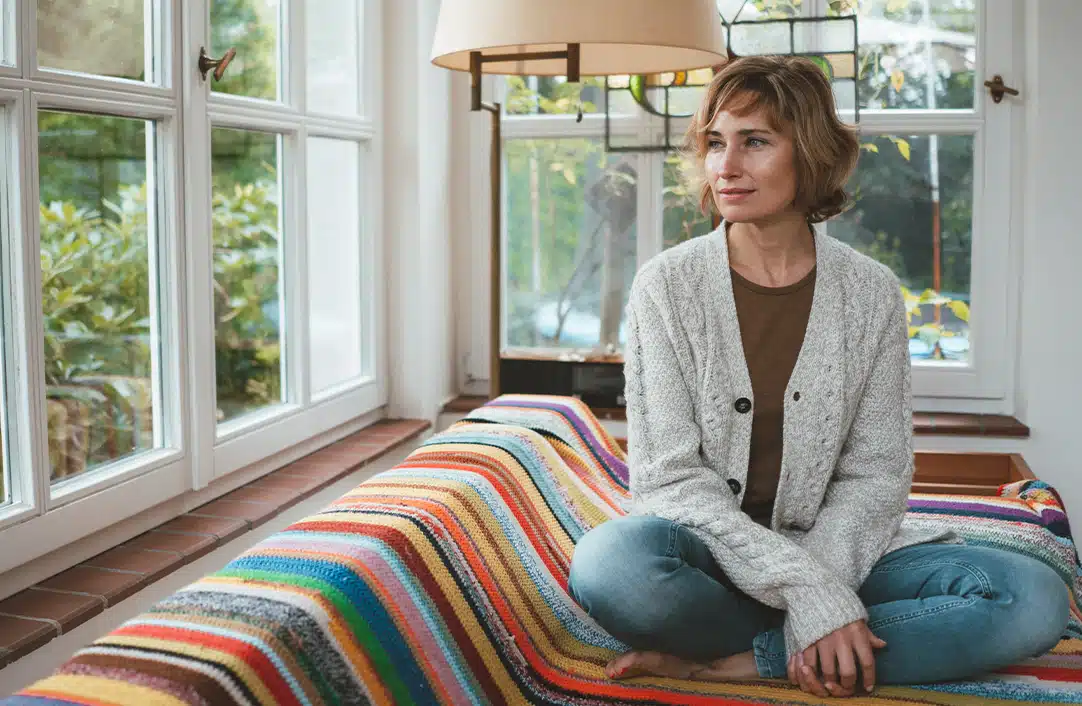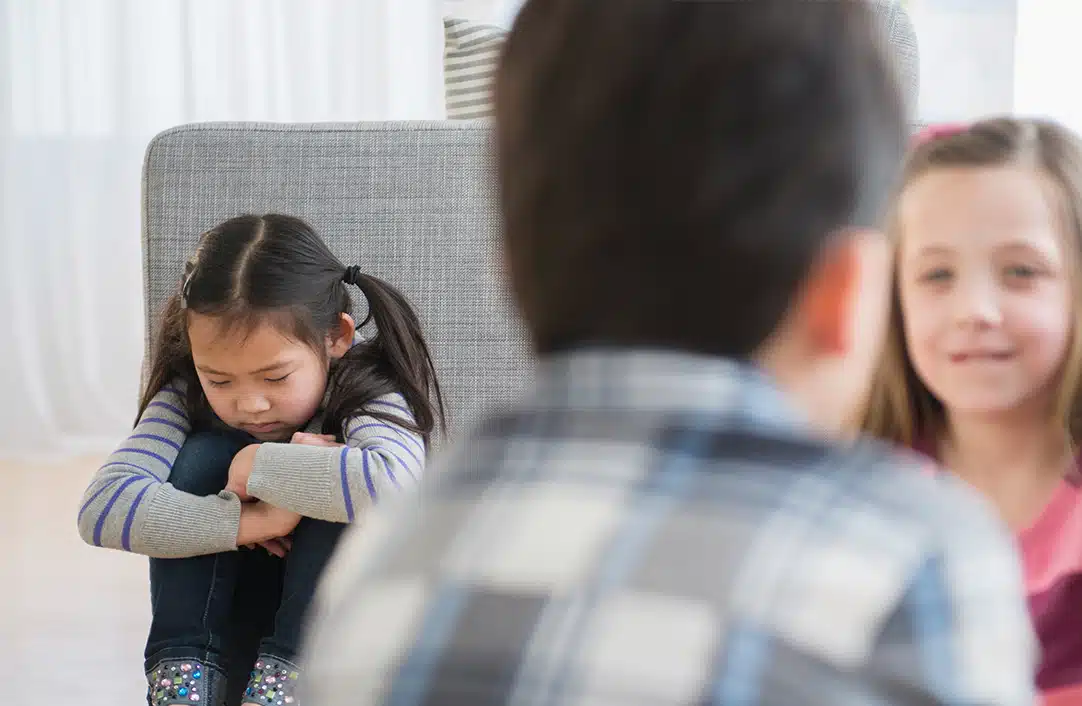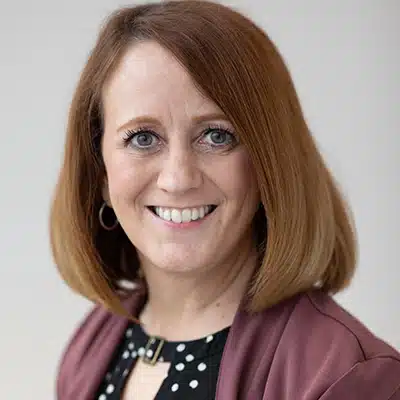Margo is a stay-at-home parent of three children. She walked in on her 7-year-old son playing with his 2-year-old cousin’s penis. When she asked her son what he was doing, he responded, “He was crying so I was trying to make him feel better” Margo was devastated. She thought to herself, My son is a sex offender. What should I do? Was Margo correct in assuming that her son was a sex offender?
Penny, a working mother of two, caught her 10-year-old daughter touching her 3-year-old sister’s vagina. When she saw what was happening, Penny said, “Stop doing that. Go clean your room.” Penny did not address what her daughter had been doing, assuming it was “normal” behavior for children. Was Penny correct in not addressing the behavior further?
Both of these scenarios can be startling for parents, and they both should be addressed. Is there such a thing as child-on-child sexual abuse? This can be a difficult topic for parents to talk about, but it is important that parents have the proper knowledge about how to respond and to recognize what may be potentially harmful sexual behaviors.
Child-on-child sexual abuse is when a prepubescent child is sexually abused by another child or adolescent. This abuse could include physical force, emotional manipulation, bribery, tricks, or threats by the other child. It can also include a non-coercive act. This occurs when one child initiates sexual acts and the other child goes along with it without an understanding of what is going on.1 There is no consent by the child for these acts as he/she is unable to give consent. (Please refer to our Community Education guide about consent.)
What could lead to child-on-child sexual abuse? There may be many factors. Some children who engage in this behavior have been victims of child sexual abuse themselves, but this is not always the case. Other factors may be exposure to sexually explicit material, repeatedly witnessing sexual activity of adults or adolescents, bullying, emotional and/or physical abuse, or attachment disruptions. In some cases, the child or adolescent is acting impulsively with no intent of causing harm to the child.
Some children may be sexually reactive, which is when they act out in sexual ways because they have been sexually abused themselves. Sexual reactivity is a learned behavior. However, whether there was intent to harm or not, abusive acts are still harmful to the child who was acted upon.
Studies suggest that at least one-third of child sexual abuse is perpetrated by other children and young people, and most often on a younger child.2 Some of this is peer-to-peer sexual abuse. Some factors to consider are if the sexual acts are mutual or does not include the inequality of the children, power dynamics, disability, and age gaps of two or more years. Child-on-child sexual abuse is most likely to occur in families, between siblings. In fact, this type of abuse is actually 3–4 times more likely than father-to-daughter sexual abuse. Sibling sexual abuse occurs at a greater frequency and over a longer period of time due to access of the child. Children who experience sibling sexual abuse are less likely to disclose than intra-familial abuse by an adult in the home.3
The effects of child-on-child sexual abuse are largely the same as children who are victimized by adults. The impacts of the abuse may include anxiety disorders, depression, substance abuse, suicide, eating disorders, post-traumatic stress disorder, low self-esteem, and sleeping disorders. Behavioral indicators to watch for are difficulty learning, a heightened startle response, anxiety about being left alone with a certain child, and regression such as bed wetting, tantrums or outbursts.
To understand child-on-child sexual abuse we need to look at what healthy sexual development looks like.
Returning to the stories of Margo and Penny—it is important that the behaviors they observed be addressed immediately, both for the wellbeing of the child who was abused and for the child who initiated the sexual contact. “Brushing off” the behaviors because “kids will be kids” can have lasting impacts for all involved.4 The sooner the behaviors are addressed, the sooner they will be stopped. Be careful not to label the child who initiated the abuse as a “perpetrator” or “pedophile” as this can unduly shame them and could impede their ability to move to healthier patterns. By providing support and education when child-on-child sexual abuse is discovered, you can minimize further risk and lasting effects of abuse.
About the author
Annette Curtis, LCSW
Retreat Manager
Recent blogs
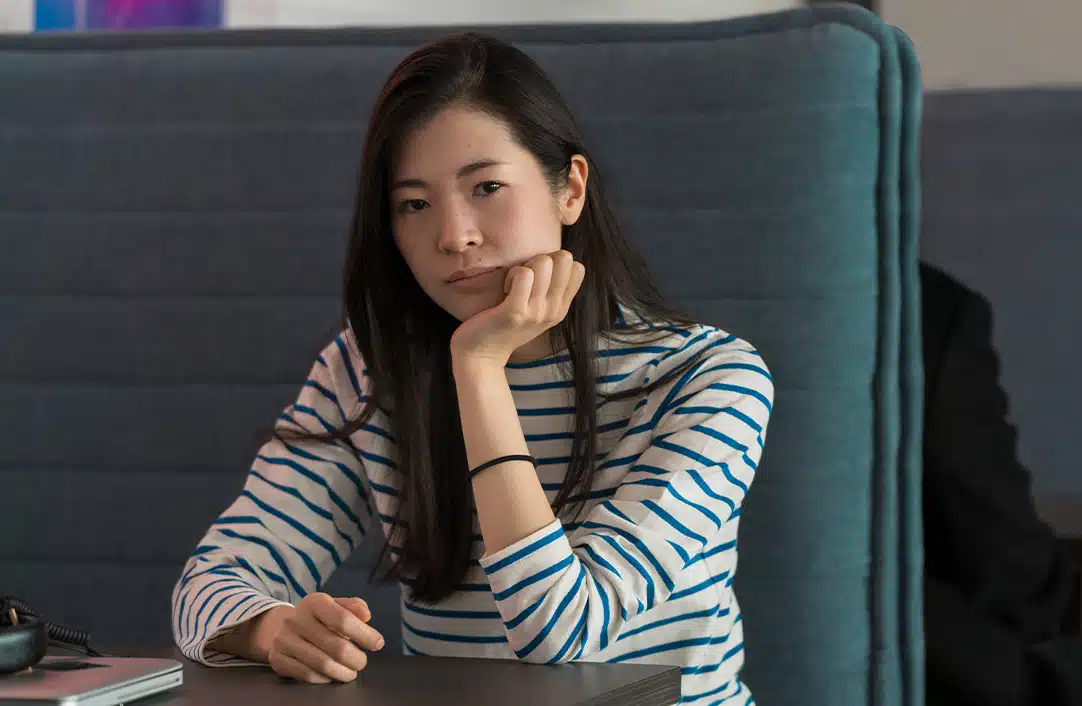
Common Symptoms Experienced by Adult Survivors of Child Sexual Abuse
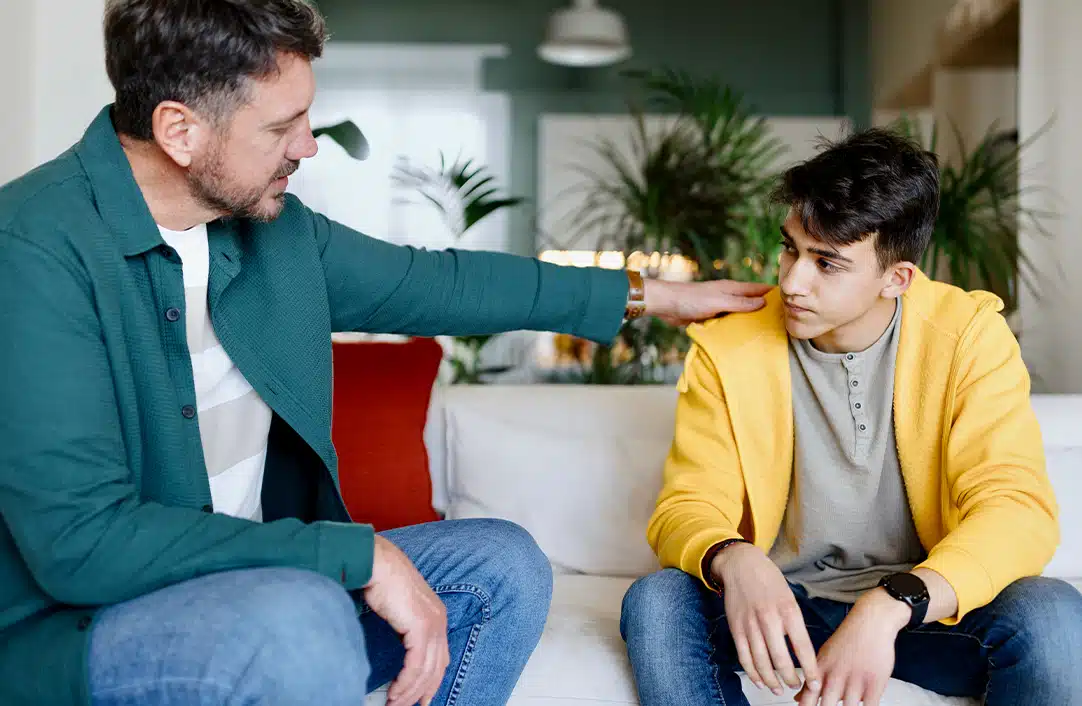
Statute of Limitations on Sexual Abuse
